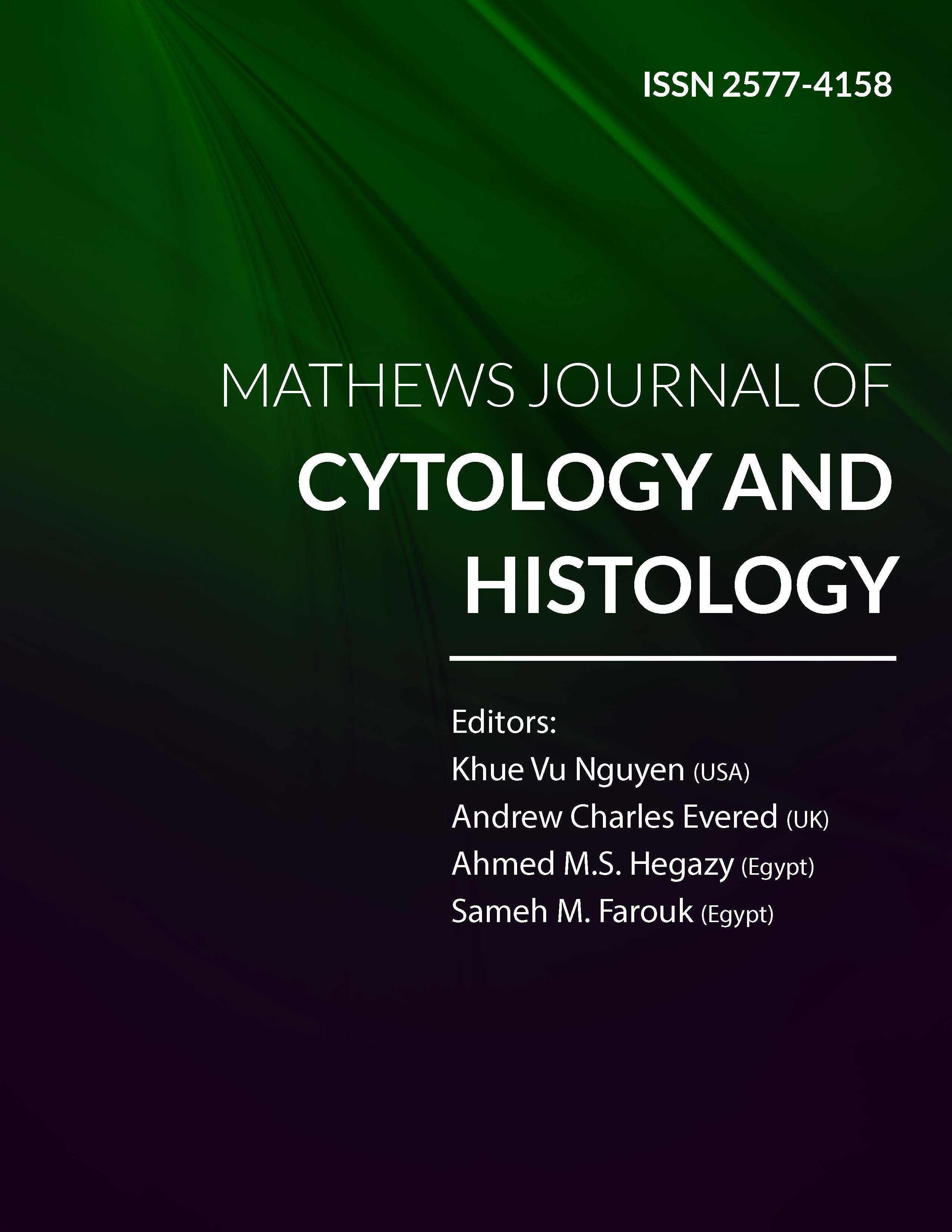
Information Links
Previous Issues Volume 8, Issue 1 - 2024
Assessment of the Toxicity and Histopathological Effects of Launaea taraxocifolia Extract on Fingerlings of Clarias gariepinus
George UU1,*, Ajayi OO2, Essien-Ibok MA3, Abiaobo NO4, Mbong EO5
1Department of Fisheries and Aquaculture, Faculty of Agriculture, Akwa Ibom State University, Obio Akpa Campus, Akwa Ibom State, Nigeria
2Department of Pathology, Faculty of Basic Clinical Sciences, University of Uyo, Akwa Ibom State, Nigeria
3Department of Fisheries and Aquatic Environmental Management, University of Uyo, Nigeria
4Department of Zoology, Akwa Ibom State University, Ikot Akpaden, Nigeria
5Department of Environmental Biology, School of Science and Technology, Heritage Polytechnic-Eket, Akwa Ibom State, Nigeria
*Corresponding Author: George UU, Department of Fisheries and Aquaculture, Faculty of Agriculture, Akwa Ibom State University, Obio Akpa Campus, Akwa Ibom State, Nigeria; Email: [email protected]
Received Date: April 12, 2024
Publication Date: April 24, 2024
Citation: George UU, et al. (2024). Assessment of the Toxicity and Histopathological Effects of Launaea taraxocifolia Extract on Fingerlings of Clarias gariepinus. Mathews J Cytol Histol. 8(1):27.
Copyright: George UU, et al. © (2024)
ABSTRACT
The toxicity of ethanolic extract of Launaea taraxocifolia leaves was evaluated in Clarias gariepinus fingerlings over a 96-h exposure. The fish were exposed to 22 mgL-1, 23 mgL-1, 24mgL-1, and 25 mgL-1 of the extract and a control in an acute static toxicity bioassay after performing a range finding test to determine the median lethal concentration (LC50) of the extract. Exposed fish showed signs of behavioural abnormalities, histopathological alterations including mortality. The appearance and intensities of the observed signs were concentration and exposure period-dependent. An LC50 value of 22.4 mg/l representing a log transformed concentration of 1.35 mg/l was established for the extract in the experimental groups. The low 96-hr LC50 values of L. taraxocifolia recorded for C. gariepinus fingerlings suggest that it is highly toxic and hence under field application the toxicant can have adverse effects on non-target species. However, it can be efficiently applied in ponds to eradicate predators, competitors and unwanted fish populations.
Keywords: Launaea taraxocifolia, Clarias gariepinus, Toxicity, Histopathology, Fingerlings